Home>Technology>Smart Home Devices>How To Make A DTF Printer
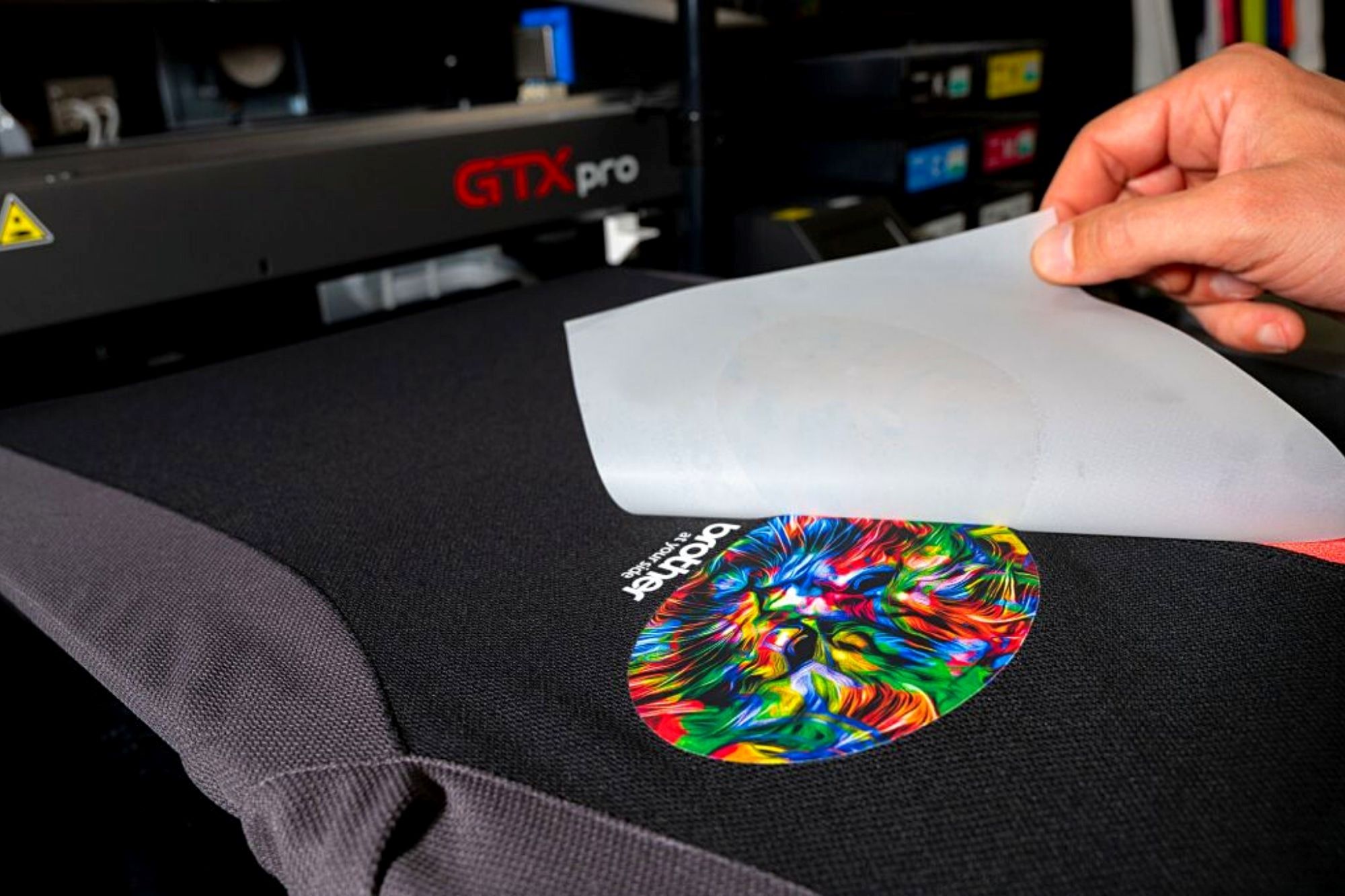

Smart Home Devices
How To Make A DTF Printer
Modified: February 18, 2024
Learn how to make a DTF printer at home and enhance your smart home devices with this comprehensive guide. Discover the step-by-step process now!
(Many of the links in this article redirect to a specific reviewed product. Your purchase of these products through affiliate links helps to generate commission for Storables.com, at no extra cost. Learn more)
Introduction
Welcome to the exciting world of DTF (Direct to Film) printing! In this comprehensive guide, we will delve into the intricate process of creating vibrant and durable designs using a DTF printer. Whether you are a seasoned printing professional or a passionate hobbyist, this article will equip you with the knowledge and expertise to master the art of DTF printing.
DTF printing has revolutionized the realm of garment decoration and custom design creation. Unlike traditional printing methods, DTF printing offers unparalleled versatility, allowing you to transfer intricate designs onto a myriad of surfaces with exceptional precision and vividness. From textiles and apparel to accessories and promotional items, the possibilities are boundless with DTF printing.
Throughout this guide, we will unravel the intricacies of DTF printing, from understanding the fundamental principles to mastering the printing process and troubleshooting common issues. You will gain insights into the essential materials and equipment required, as well as invaluable tips for setting up and maintaining your DTF printer.
Embark on this enlightening journey as we explore the seamless fusion of technology and creativity in the realm of DTF printing. By the end of this guide, you will be well-versed in the art of transforming digital designs into stunning, long-lasting creations through the remarkable capabilities of DTF printing. Let's embark on this transformative journey and unlock the boundless potential of DTF printing together.
Key Takeaways:
- DTF printing offers unparalleled precision and vibrancy, allowing you to transfer intricate designs onto various surfaces with exceptional detail and color accuracy. It revolutionizes the realm of personalized products with its versatility and durability.
- Setting up and maintaining a DTF printer requires attention to detail and precision. From optimizing digital designs to ensuring proper curing, each step contributes to creating captivating and enduring personalized products.
Read more: What Is A DTF Printer
Understanding DTF Printing
DTF printing, an innovative and versatile printing method, involves transferring designs from a digital source directly onto a film, which is then transferred to the desired substrate. This cutting-edge technique offers exceptional precision and vibrancy, making it an ideal choice for a diverse range of applications, including apparel decoration, promotional items, and personalized accessories.
At the core of DTF printing is the ability to seamlessly translate intricate digital designs into tangible, high-quality prints. The process begins with creating or selecting a digital design, which is then printed onto a specialized film using a DTF printer. The printed film serves as a medium for transferring the design onto the target surface, ensuring remarkable detail and color fidelity.
One of the key advantages of DTF printing lies in its compatibility with various substrates, including cotton, polyester, blends, and even non-textile materials such as leather and wood. This versatility enables individuals and businesses to unleash their creativity and personalize a wide array of products with unparalleled precision and durability.
Furthermore, DTF printing excels in capturing intricate details and gradients, offering a superior alternative to traditional printing methods. The ability to reproduce complex designs with exceptional clarity and color accuracy makes DTF printing a preferred choice for creating captivating and long-lasting impressions on diverse surfaces.
As technology continues to advance, DTF printing has evolved to offer enhanced efficiency and eco-friendly solutions. The utilization of eco-solvent or water-based inks, coupled with efficient curing processes, underscores the commitment of DTF printing to sustainability and environmental responsibility.
By comprehensively understanding the principles and capabilities of DTF printing, individuals and businesses can harness its transformative potential to elevate their creative endeavors and produce remarkable, personalized products. The next sections will delve into the essential materials, equipment, and processes involved in DTF printing, empowering you to embark on this captivating journey with confidence and expertise.
Materials and Equipment Needed
Before embarking on your DTF printing journey, it is essential to gather the requisite materials and equipment to ensure seamless and successful printing processes. The following components form the foundation of a well-equipped DTF printing setup:
- DTF Printer: The cornerstone of DTF printing, a reliable DTF printer is essential for accurately transferring digital designs onto the film. It is imperative to select a printer that is compatible with DTF inks and offers precise color reproduction capabilities.
- DTF Inks: Specialized DTF inks, formulated for optimal adhesion and vibrancy, are crucial for achieving outstanding print quality. These inks are designed to adhere to the film and substrate effectively, ensuring durable and vivid designs.
- DTF Film: High-quality DTF film serves as the medium for transferring designs from the printer to the target surface. It is essential to select a suitable film that complements the chosen substrate and offers excellent adhesion properties.
- Heat Press: A heat press machine is indispensable for curing the printed designs onto the substrate. It facilitates the transfer of the design from the film to the target surface through controlled heat and pressure, ensuring lasting adhesion.
- Rip Software: Rip (Raster Image Processor) software plays a pivotal role in preparing and optimizing digital designs for printing. It enables precise color management, image scaling, and seamless integration with DTF printers, enhancing overall print accuracy.
- Cleaning Supplies: Regular maintenance and cleaning of the DTF printer and related equipment are essential for ensuring consistent print quality and longevity. Cleaning solutions, lint-free cloths, and maintenance kits are vital for preserving the performance of the printing setup.
- Substrates: Depending on the intended applications, a diverse range of substrates such as apparel, textiles, accessories, and promotional items will be required. It is crucial to select substrates that are compatible with DTF printing and offer optimal adhesion for vibrant designs.
By assembling these fundamental materials and equipment, you will establish a robust foundation for executing DTF printing with precision and finesse. Each component plays a pivotal role in ensuring the seamless transfer of digital designs onto diverse surfaces, empowering you to unleash your creativity and produce captivating, personalized products with unparalleled vibrancy and durability.
Setting Up the DTF Printer
Setting up a DTF printer involves a series of crucial steps to ensure optimal performance and exceptional print quality. By meticulously configuring the printer and its associated components, you can lay the groundwork for seamless and efficient DTF printing processes. The following guidelines will assist you in setting up your DTF printer with precision and expertise:
- Location and Environment: Select a well-ventilated and dust-free environment for housing the DTF printer. Maintaining an optimal temperature and humidity level is essential for preserving the integrity of the printer and facilitating consistent print quality.
- Printer Calibration: Calibrate the DTF printer to ensure precise ink deposition and color accuracy. Proper calibration is critical for achieving vibrant and true-to-design prints, minimizing wastage, and enhancing overall efficiency.
- Ink Loading and Priming: Carefully load the specialized DTF inks into the designated ink reservoirs of the printer. Follow the manufacturer’s instructions for priming the ink lines and ensuring a smooth flow of ink during the printing process.
- Film Handling: Familiarize yourself with the proper handling and loading of DTF film into the printer. Ensure that the film is securely positioned and aligned to facilitate accurate printing and seamless transfer of designs onto the substrate.
- Rip Software Configuration: Install and configure the Rip software to integrate seamlessly with the DTF printer. Adjust color profiles, print settings, and image parameters to optimize print quality and ensure compatibility with the chosen substrates.
- Test Prints and Quality Checks: Conduct test prints to evaluate the performance and output quality of the DTF printer. Fine-tune print settings, color management, and image resolution to achieve the desired results before proceeding with full-scale printing.
- Operational Training: Familiarize yourself and your team with the operational intricacies of the DTF printer. Provide comprehensive training on printer maintenance, troubleshooting common issues, and optimizing print settings for different substrates.
By meticulously adhering to these setup guidelines, you can establish a robust and efficient DTF printing environment, poised to deliver exceptional print quality and consistency. Setting up the DTF printer with precision and attention to detail is instrumental in unlocking the full potential of this cutting-edge printing technology, empowering you to create captivating and enduring designs with unparalleled vibrancy and precision.
Preparing the Design
The process of preparing designs for DTF printing is a pivotal stage that directly influences the quality and visual impact of the final prints. By meticulously optimizing and formatting digital designs, you can harness the full potential of DTF printing to create stunning and vibrant visuals. The following steps outline the essential considerations for preparing designs tailored for DTF printing:
- Resolution and Image Quality: Ensure that the digital design possesses a high resolution and impeccable image quality to facilitate precise and detailed printing. Optimal resolution minimizes pixelation and enhances the clarity and vibrancy of the printed design.
- Color Management: Calibrate the color profiles of the design to align with the capabilities of the DTF printer and inks. Accurate color management ensures faithful reproduction of hues and gradients, resulting in visually striking and true-to-design prints.
- Vectorization and Detail Enhancement: For intricate designs and logos, consider vectorizing the elements to maintain sharpness and scalability. Enhance fine details and text elements to ensure legibility and visual impact when printed through the DTF process.
- File Format Compatibility: Save the design files in formats compatible with the Rip software and DTF printer. Common file formats such as PNG, JPEG, and PDF are often suitable for DTF printing, ensuring seamless integration with the printing workflow.
- Color Separation and Layering: For multi-color designs, perform precise color separation and layering to facilitate accurate ink deposition and alignment during the printing process. Organize design elements into distinct layers to optimize color management and printing efficiency.
- Scaling and Placement: Determine the appropriate scaling and placement of the design within the printing area to align with the dimensions of the target substrate. Optimize the layout to maximize visual impact and ensure balanced coverage on the final product.
- Proofing and Test Prints: Conduct thorough proofing and test prints to evaluate the visual fidelity and color accuracy of the prepared designs. Address any discrepancies or imperfections through iterative refinement before proceeding with full-scale printing.
By meticulously attending to these design preparation considerations, you can elevate the visual impact and print quality of DTF-printed designs, ensuring remarkable vibrancy and precision. The meticulous optimization of digital designs paves the way for captivating and enduring prints, reflecting the seamless fusion of technology and creativity in the realm of DTF printing.
When making a DTF printer, ensure that you use a high-quality printhead and ink system to achieve vibrant and durable prints. Proper maintenance and regular cleaning of the printer components are also essential for consistent and reliable performance.
Read more: What Printer Can Be Used For DTF
Printing Process
The printing process in DTF (Direct to Film) printing involves a sequence of meticulous steps aimed at transferring digital designs from the specialized film onto the target substrate with exceptional precision and vibrancy. By adhering to best practices and leveraging the capabilities of the DTF printer, you can achieve stunning and enduring prints that reflect the seamless fusion of technology and creativity. The following steps outline the essential phases of the DTF printing process:
- Design Preparation: Ensure that the digital designs are optimized and formatted for DTF printing, with meticulous attention to resolution, color management, and layout. Verify the compatibility of the design files with the Rip software and the DTF printer to facilitate seamless integration.
- Film Printing: Utilize the DTF printer to accurately transfer the prepared designs onto the specialized DTF film. Optimize print settings, ink deposition, and color fidelity to achieve vibrant and precise prints that faithfully represent the original digital designs.
- Film Transfer: Securely position the printed DTF film onto the target substrate, ensuring proper alignment and adhesion. Employ precision and care during the transfer process to minimize displacement and ensure accurate reproduction of the designs.
- Heat Press Application: Utilize a heat press machine to apply controlled heat and pressure to the film-substrate assembly. This facilitates the transfer of the design from the film to the substrate, ensuring lasting adhesion and vividness of the printed designs.
- Cooling and Peeling: Allow the transferred designs to cool before carefully peeling off the DTF film. Exercise caution to prevent damage to the printed designs and ensure the integrity of the transferred visuals on the substrate.
- Quality Inspection: Conduct a comprehensive inspection of the printed designs to assess color accuracy, adhesion, and overall visual fidelity. Address any imperfections or discrepancies through iterative refinement and adjustments to enhance print quality.
By meticulously executing each phase of the printing process, you can harness the transformative potential of DTF printing to create captivating and enduring designs with exceptional vibrancy and precision. The seamless integration of digital designs with tangible substrates through the DTF printing process underscores the remarkable fusion of technology and creativity, enabling individuals and businesses to produce remarkable and personalized products with enduring visual impact.
Curing the Design
The curing process in DTF (Direct to Film) printing is a critical stage that ensures the durability and longevity of the printed designs on the target substrate. By subjecting the transferred designs to controlled heat and pressure, the curing phase facilitates lasting adhesion and vibrant visual impact, elevating the overall quality of the printed products. The following guidelines elucidate the essential considerations and techniques for effectively curing DTF-printed designs:
- Heat Press Application: Employ a heat press machine to apply controlled heat and pressure to the transferred designs. Ensure that the temperature and pressure settings are optimized for the specific substrate and ink formulations to facilitate effective curing.
- Curing Duration: Determine the optimal duration for applying heat and pressure based on the characteristics of the substrate and the ink curing requirements. Adequate curing duration is essential for promoting lasting adhesion and resilience of the printed designs.
- Temperature Profiling: Monitor and maintain consistent temperature profiles during the curing process to prevent overheating or inadequate curing. Adhere to the recommended temperature ranges for the specific ink formulations and substrates to ensure optimal curing outcomes.
- Cooling and Settling: Allow the cured designs to cool and settle after the heat press application. This phase facilitates the stabilization of the printed visuals and promotes enduring adhesion, ensuring that the designs withstand regular use and laundering.
- Quality Assessment: Conduct a comprehensive assessment of the cured designs to evaluate adhesion, color vibrancy, and overall resilience. Address any curing-related imperfections or inconsistencies through iterative refinement to enhance the durability and visual impact of the printed products.
By meticulously adhering to these curing guidelines, you can ensure the longevity and resilience of DTF-printed designs, underscoring the commitment to exceptional quality and enduring visual impact. The effective curing of designs through controlled heat and pressure represents a pivotal phase in the DTF printing process, aligning with the seamless fusion of technology and creativity to produce captivating and enduring personalized products.
Troubleshooting and Maintenance
Effective troubleshooting and proactive maintenance are integral aspects of ensuring the seamless operation and longevity of a DTF (Direct to Film) printing setup. By promptly addressing common issues and implementing routine maintenance practices, you can optimize the performance and print quality of the DTF printer and associated equipment. The following guidelines outline essential troubleshooting measures and maintenance practices for sustaining a robust DTF printing environment:
- Printhead Cleaning: Regularly clean the printheads to prevent ink buildup and ensure consistent ink deposition. Utilize manufacturer-recommended cleaning solutions and procedures to maintain optimal printhead performance.
- Media Handling: Ensure proper handling and storage of DTF film to prevent contamination and damage. Store the film in a controlled environment to preserve its integrity and adhesion properties.
- Color Calibration: Periodically recalibrate color profiles and ink settings to maintain accurate color reproduction and vibrancy. Regular color calibration enhances print quality and consistency across various designs and substrates.
- Equipment Calibration: Conduct routine calibration of the DTF printer to ensure precise ink deposition and alignment. Proper equipment calibration minimizes print imperfections and enhances overall print accuracy.
- Environmental Control: Maintain optimal temperature and humidity levels in the printing environment to prevent ink drying issues and substrate deformations. A well-regulated environment fosters consistent print quality and equipment performance.
- Ink Maintenance: Adhere to recommended ink storage and usage guidelines to preserve ink integrity and prevent nozzle clogging. Proper ink maintenance safeguards print quality and extends the lifespan of the DTF printer.
- Test Printing and Quality Checks: Regularly conduct test prints and quality checks to identify and address print imperfections or inconsistencies. Iterative refinement based on test prints enhances overall print quality and visual fidelity.
- Technical Support and Training: Stay informed about manufacturer updates, technical support resources, and training opportunities to enhance operational proficiency and troubleshoot complex issues effectively.
By integrating these troubleshooting and maintenance practices into your DTF printing workflow, you can sustain optimal print quality and equipment performance, underscoring a commitment to exceptional results and operational efficiency. Proactive maintenance and troubleshooting measures align with the seamless fusion of technology and creativity, empowering you to produce captivating and enduring personalized products with enduring visual impact.
Conclusion
Embarking on the transformative journey of DTF (Direct to Film) printing unveils a realm of boundless creativity and technological prowess, empowering individuals and businesses to craft captivating and enduring designs with exceptional precision and vibrancy. The seamless fusion of digital designs with tangible substrates through the remarkable capabilities of DTF printing underscores the remarkable potential for personalized and visually striking creations.
Throughout this comprehensive guide, we have delved into the intricate nuances of DTF printing, from understanding the fundamental principles to mastering the printing process and troubleshooting common issues. By comprehensively exploring the essential materials, equipment, and practices involved in DTF printing, you are equipped with the knowledge and expertise to embark on this captivating journey with confidence and finesse.
The meticulous preparation of digital designs, the precise execution of the printing process, and the critical phases of curing and maintenance collectively contribute to the exceptional quality and enduring visual impact of DTF-printed designs. The commitment to optimal print quality, durability, and environmental responsibility underscores the remarkable potential of DTF printing to elevate creative endeavors and produce remarkable personalized products.
As you venture into the realm of DTF printing, I encourage you to embrace innovation, creativity, and a commitment to excellence. Embody the seamless fusion of technology and creativity to produce captivating and enduring designs that reflect your unique vision and resonate with your audience. The transformative potential of DTF printing awaits your exploration, inviting you to unleash your creativity and produce personalized products with enduring visual impact.
With a steadfast dedication to excellence and a passion for innovation, you are poised to embark on a transformative journey, harnessing the remarkable capabilities of DTF printing to craft enduring and visually striking designs that captivate and inspire. Let your creativity flourish, guided by the remarkable fusion of technology and creativity that defines the captivating realm of DTF printing.
Frequently Asked Questions about How To Make A DTF Printer
Was this page helpful?
At Storables.com, we guarantee accurate and reliable information. Our content, validated by Expert Board Contributors, is crafted following stringent Editorial Policies. We're committed to providing you with well-researched, expert-backed insights for all your informational needs.
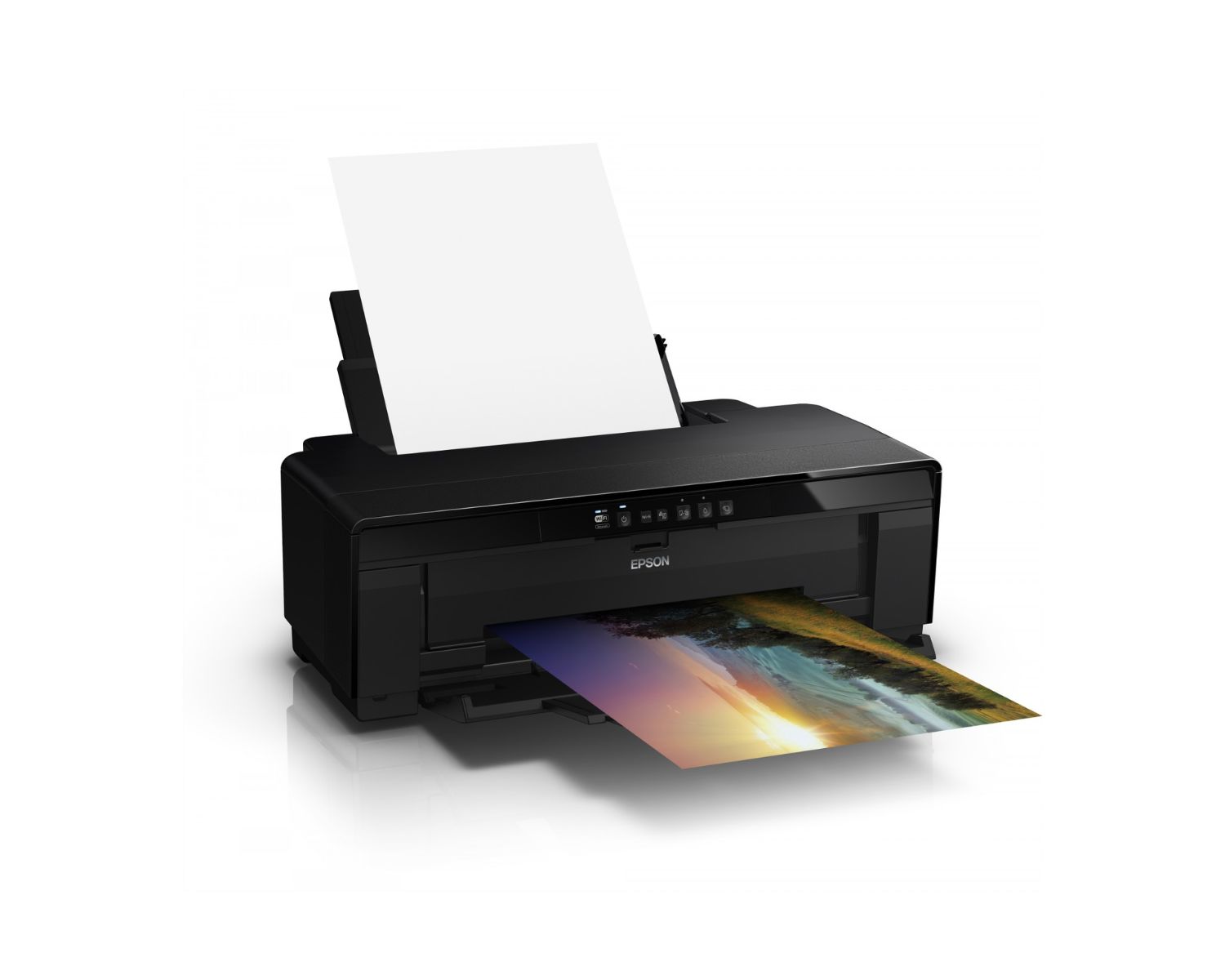
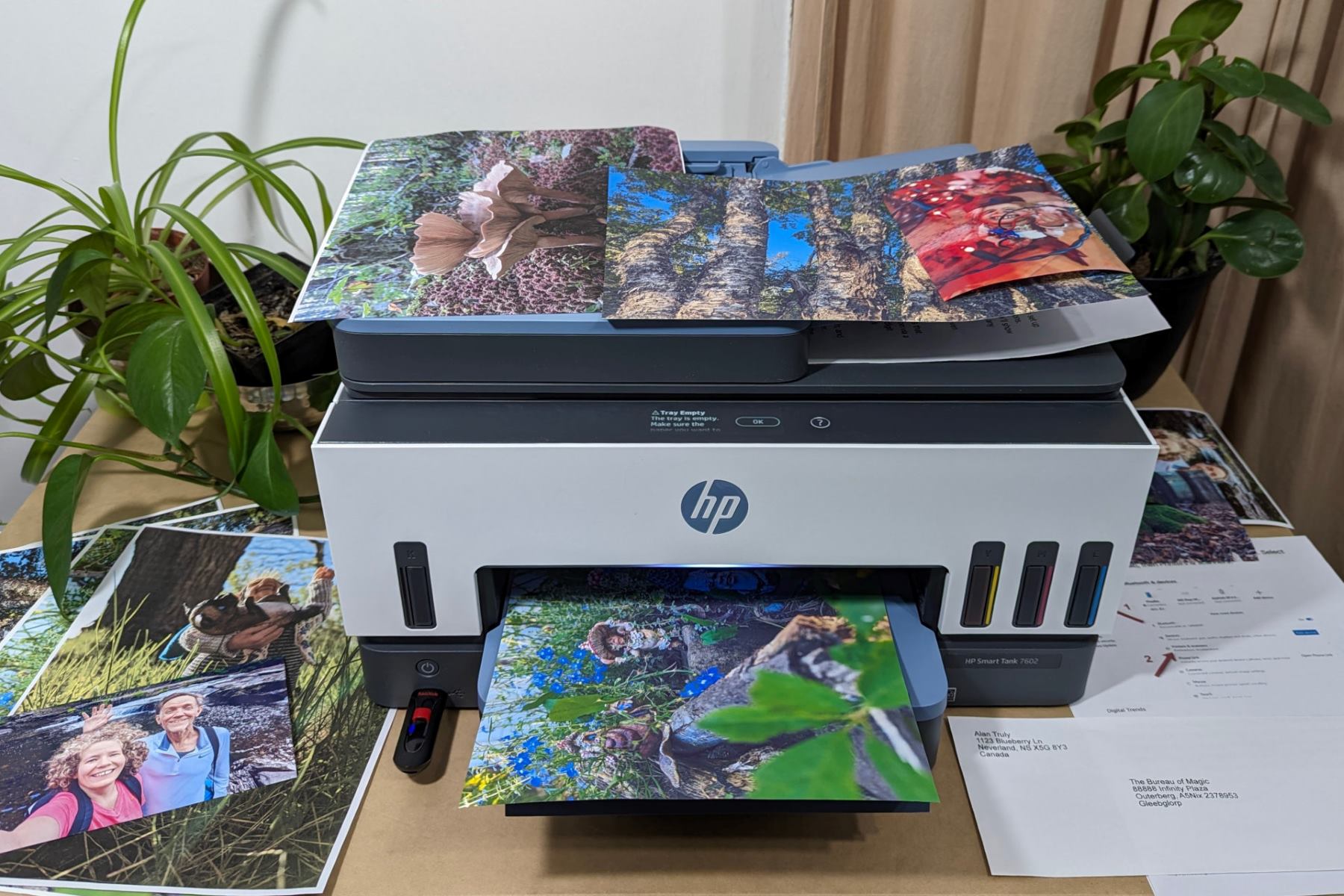
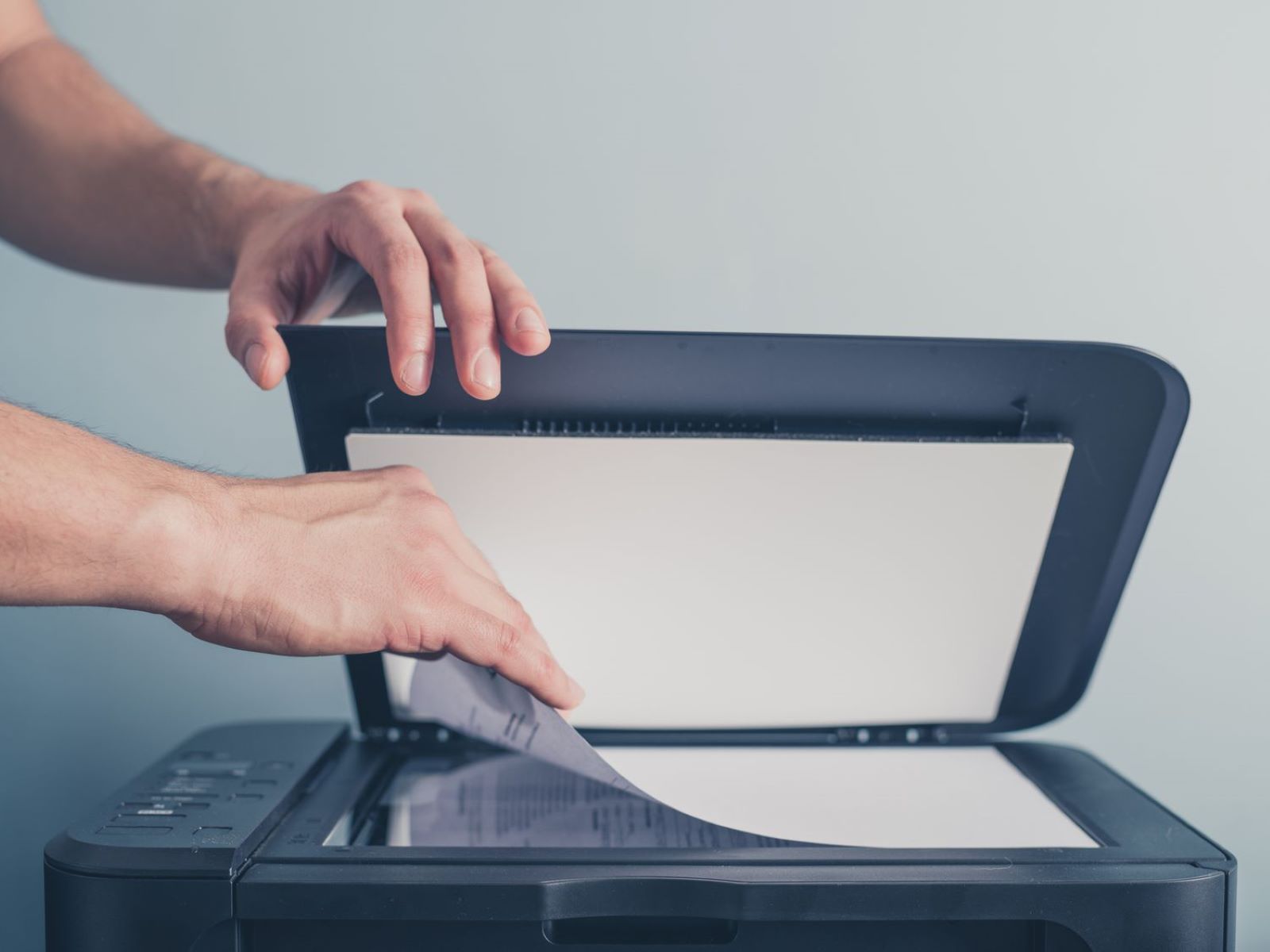
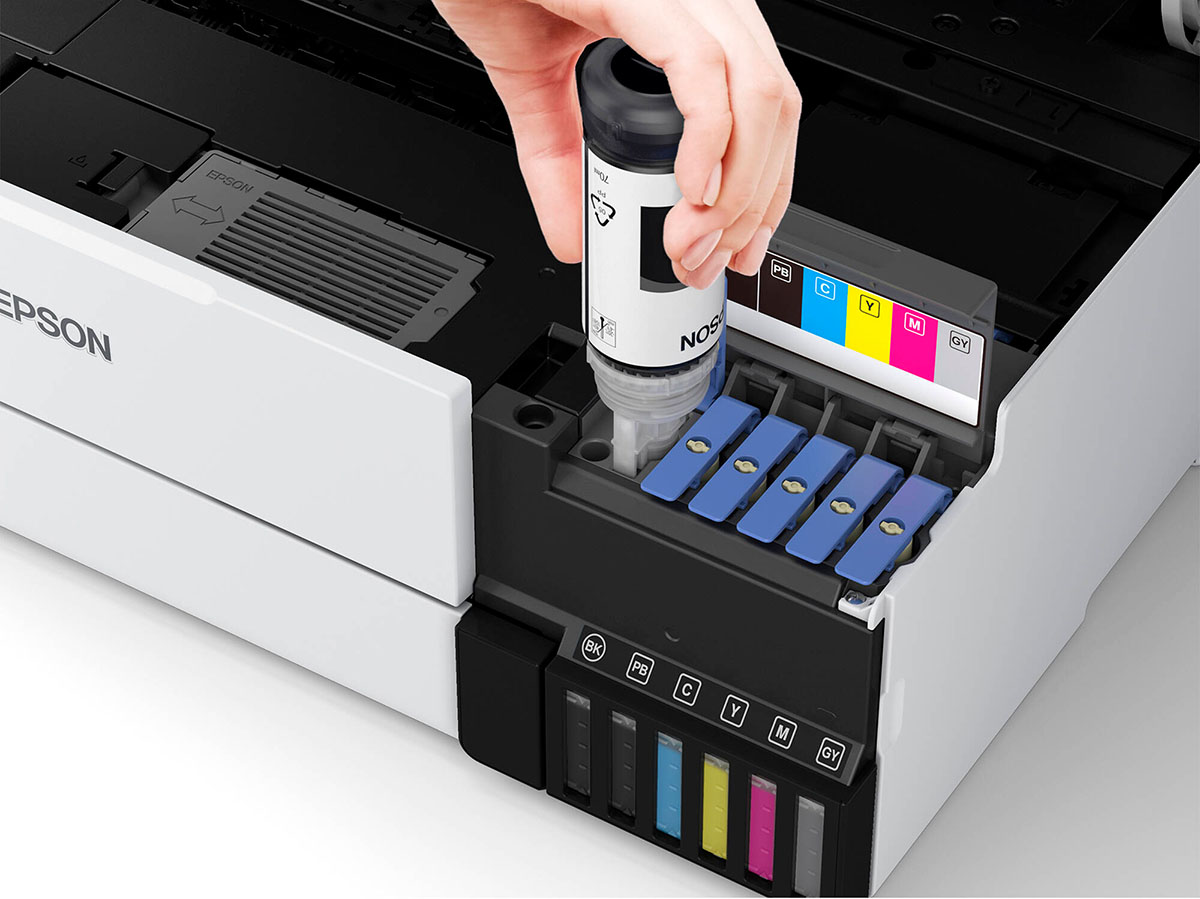
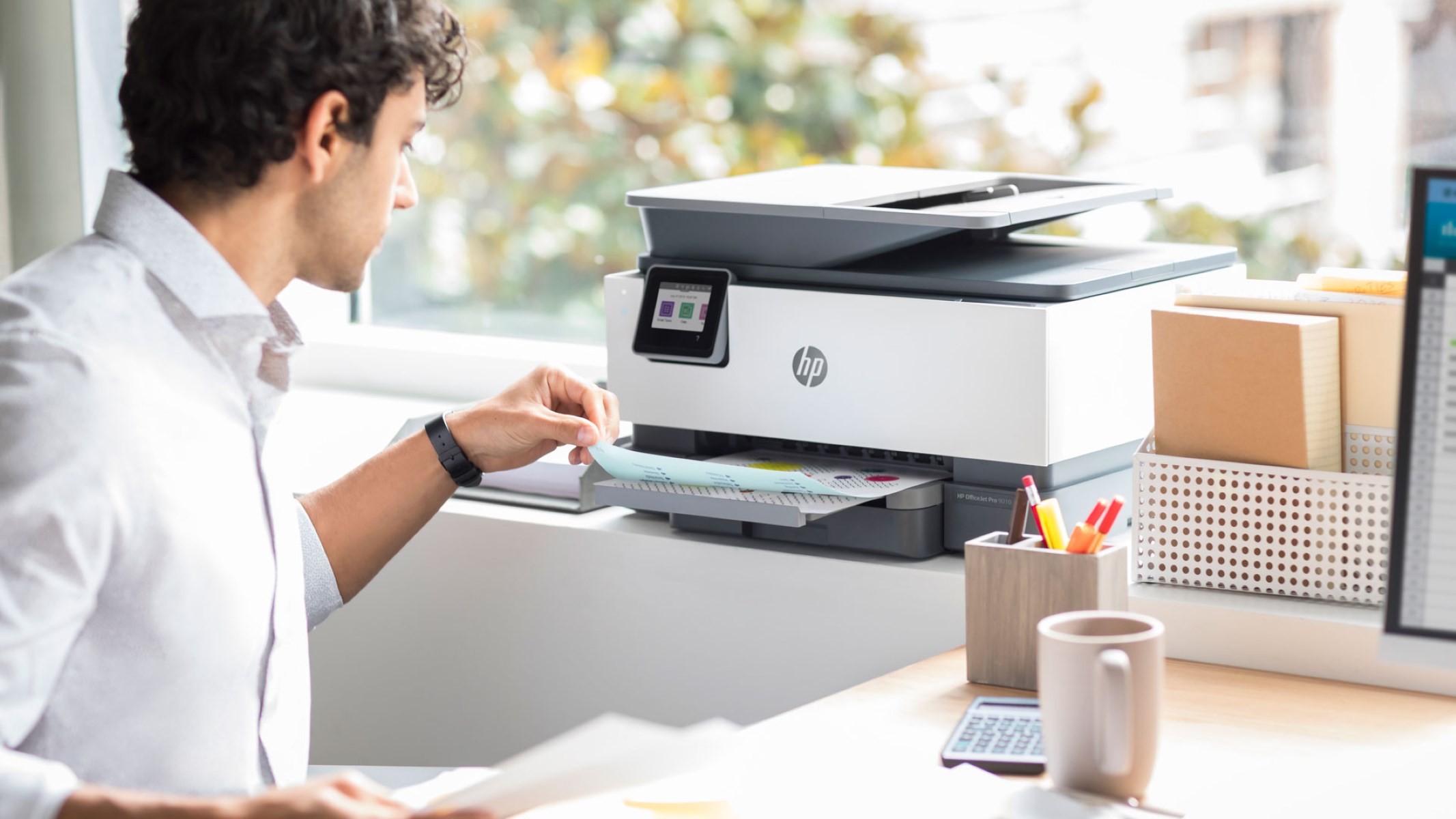
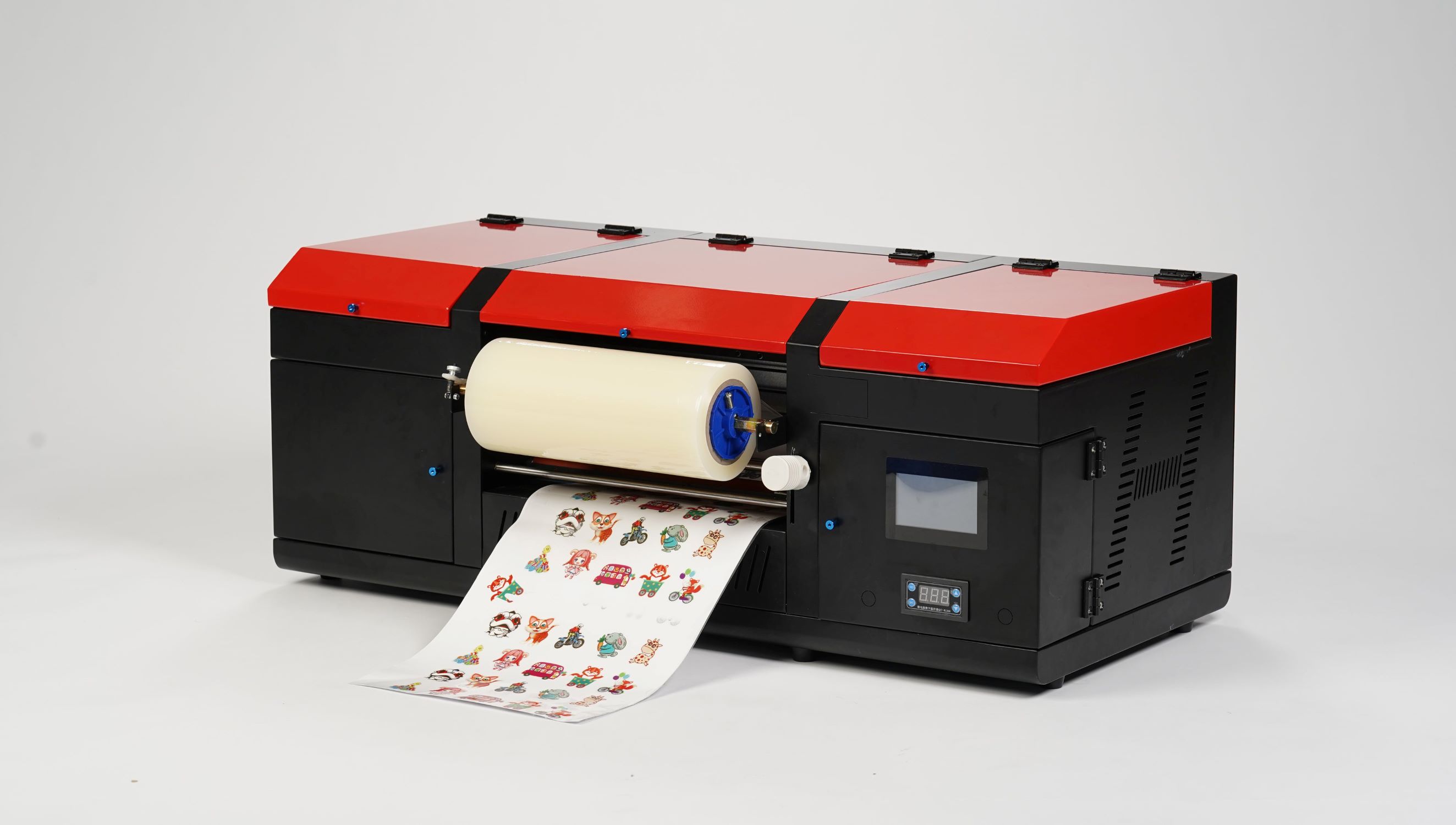
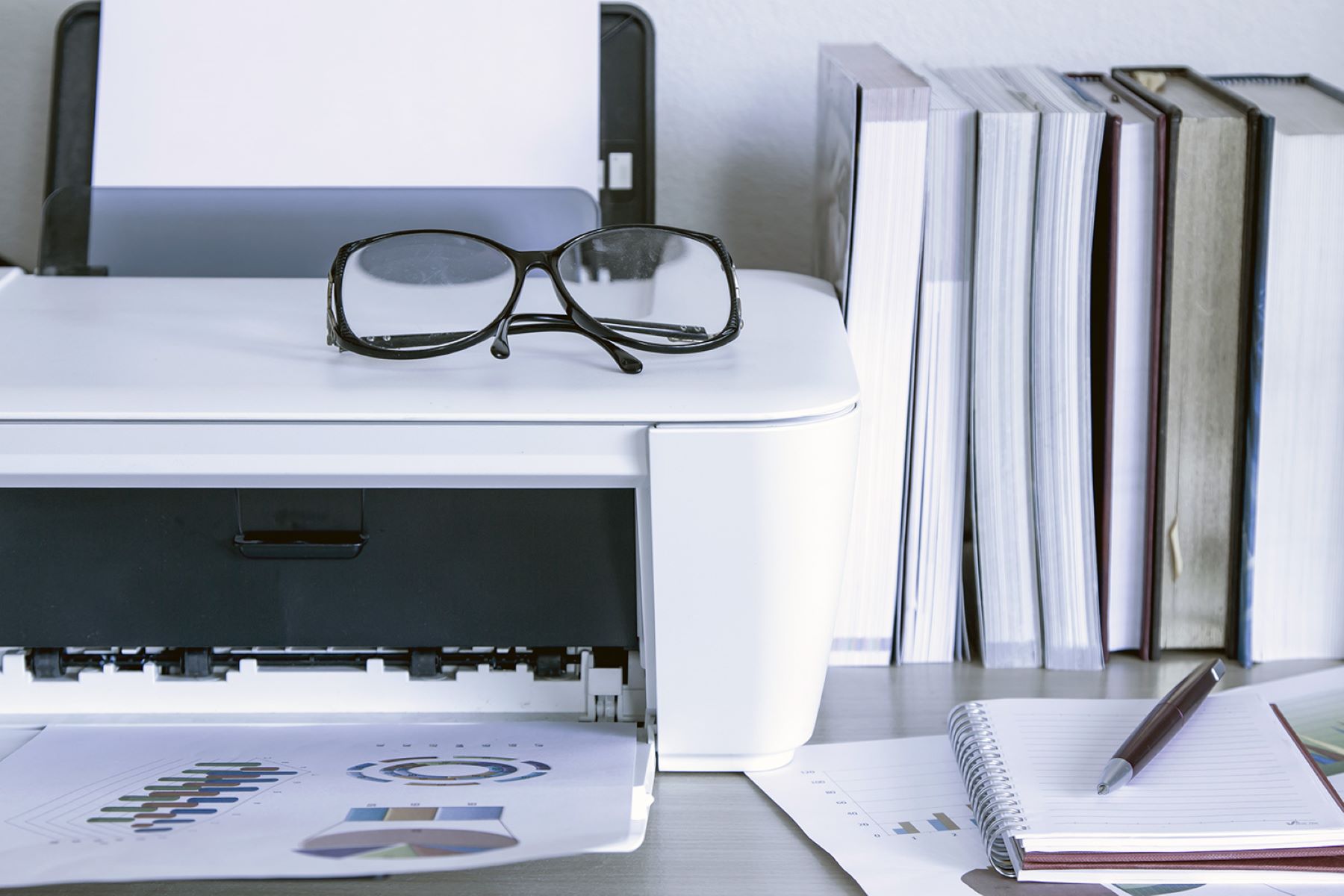
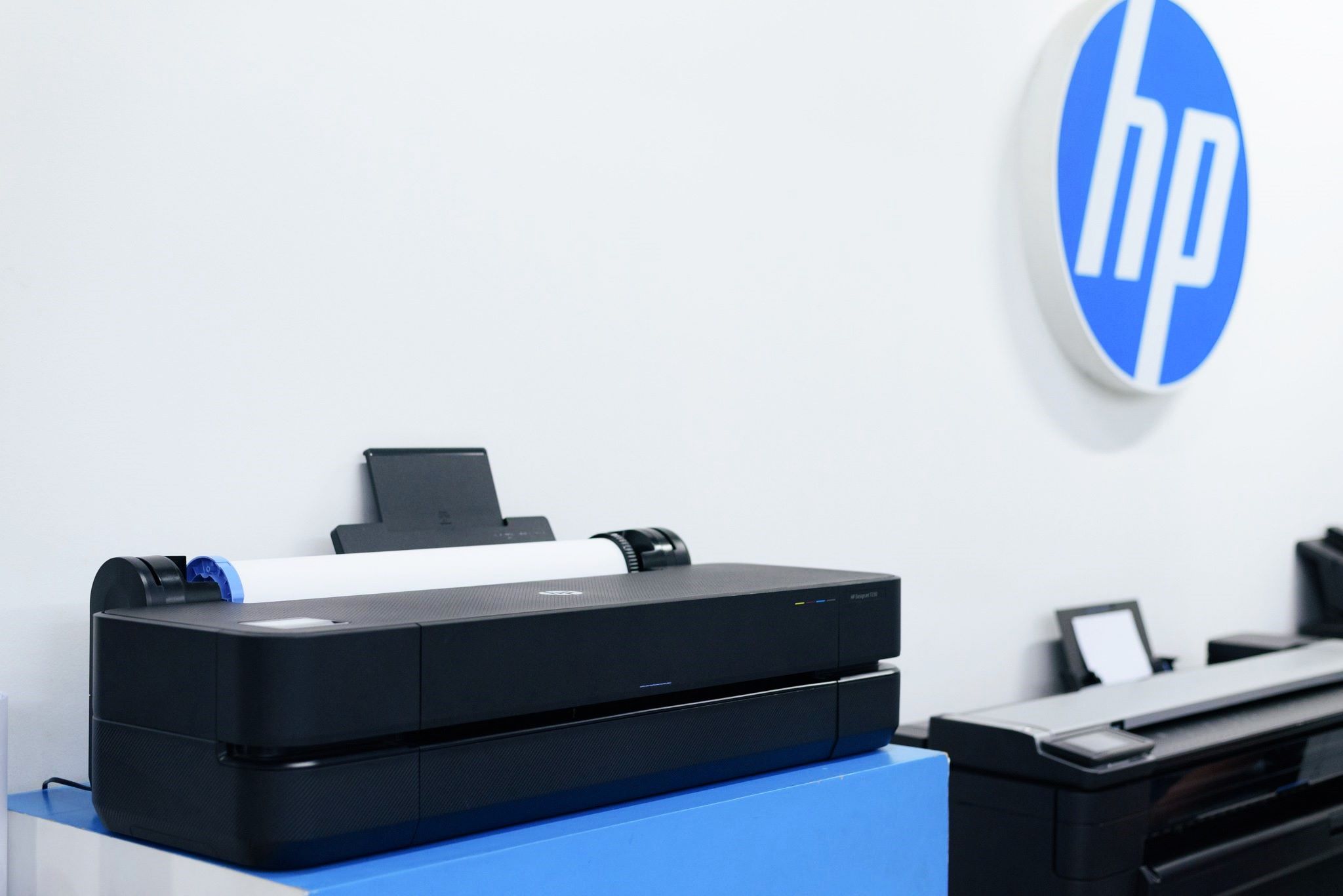
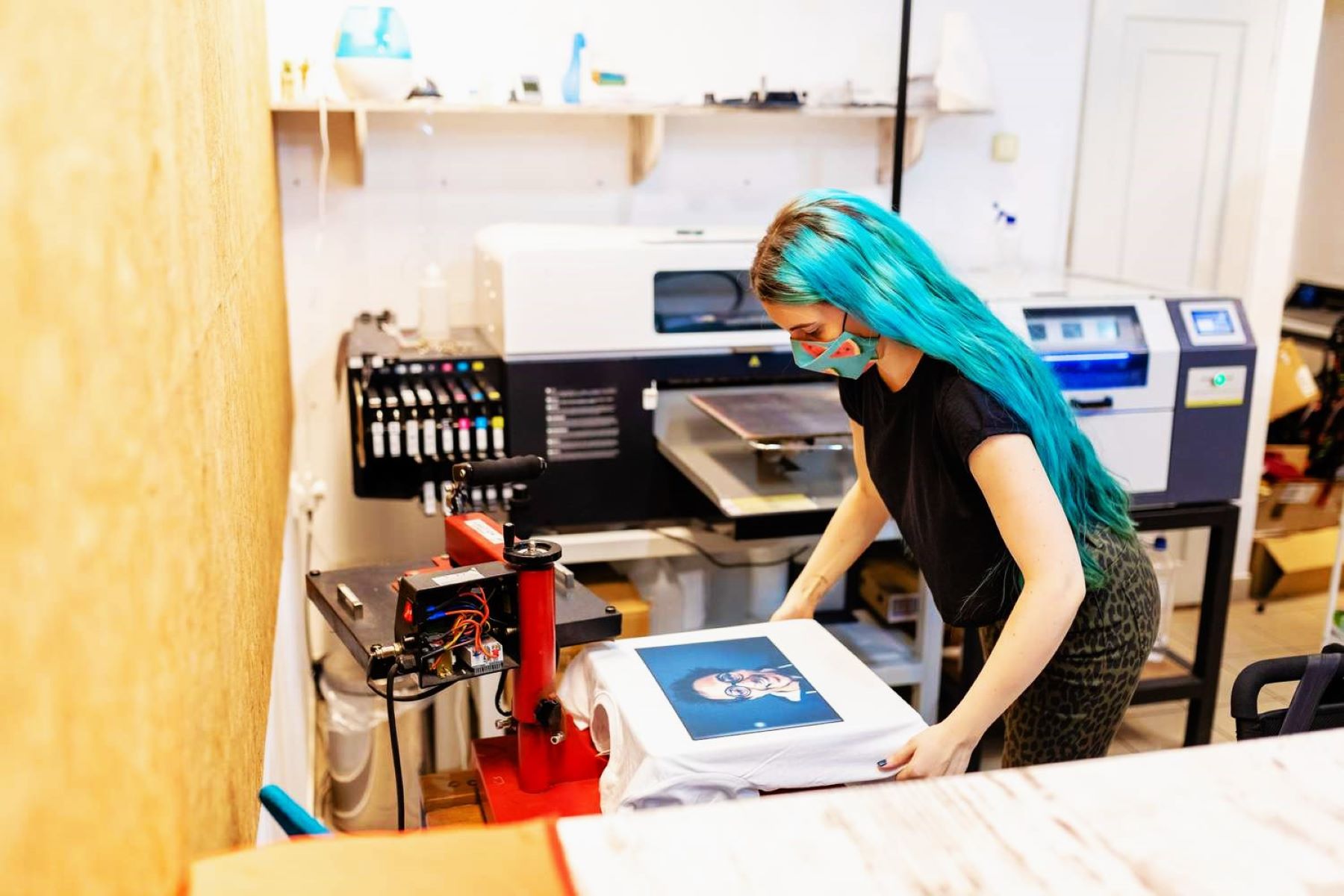

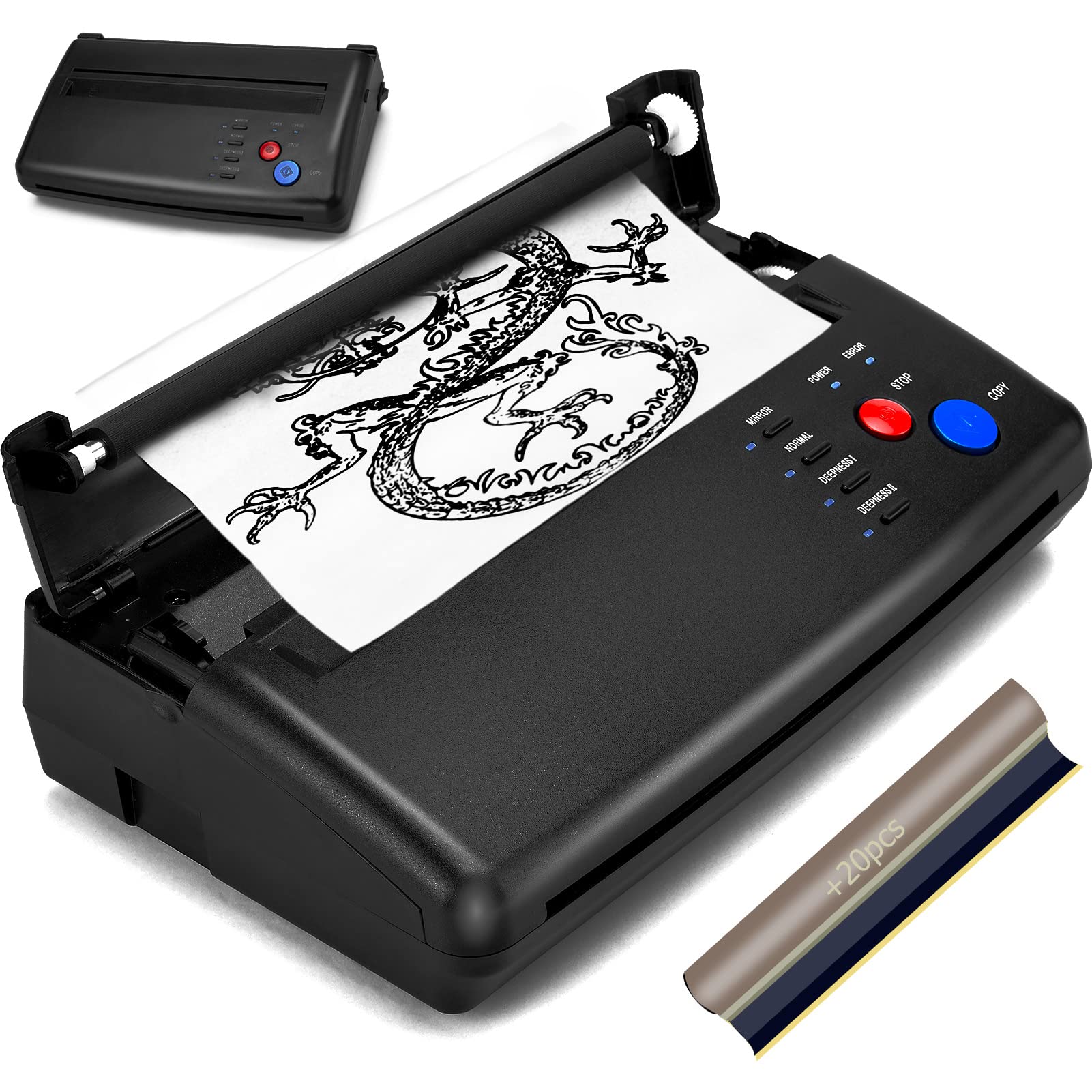

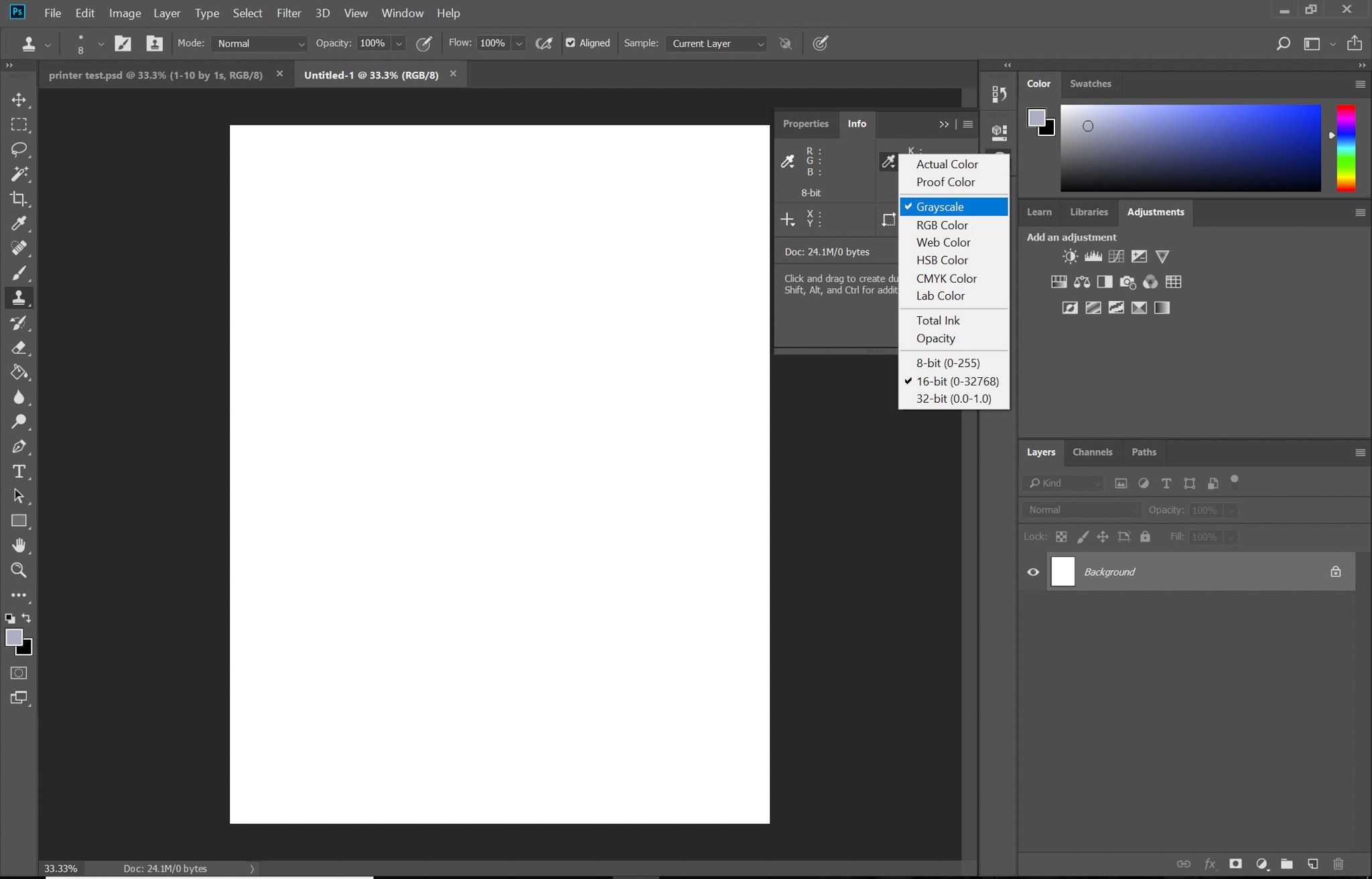
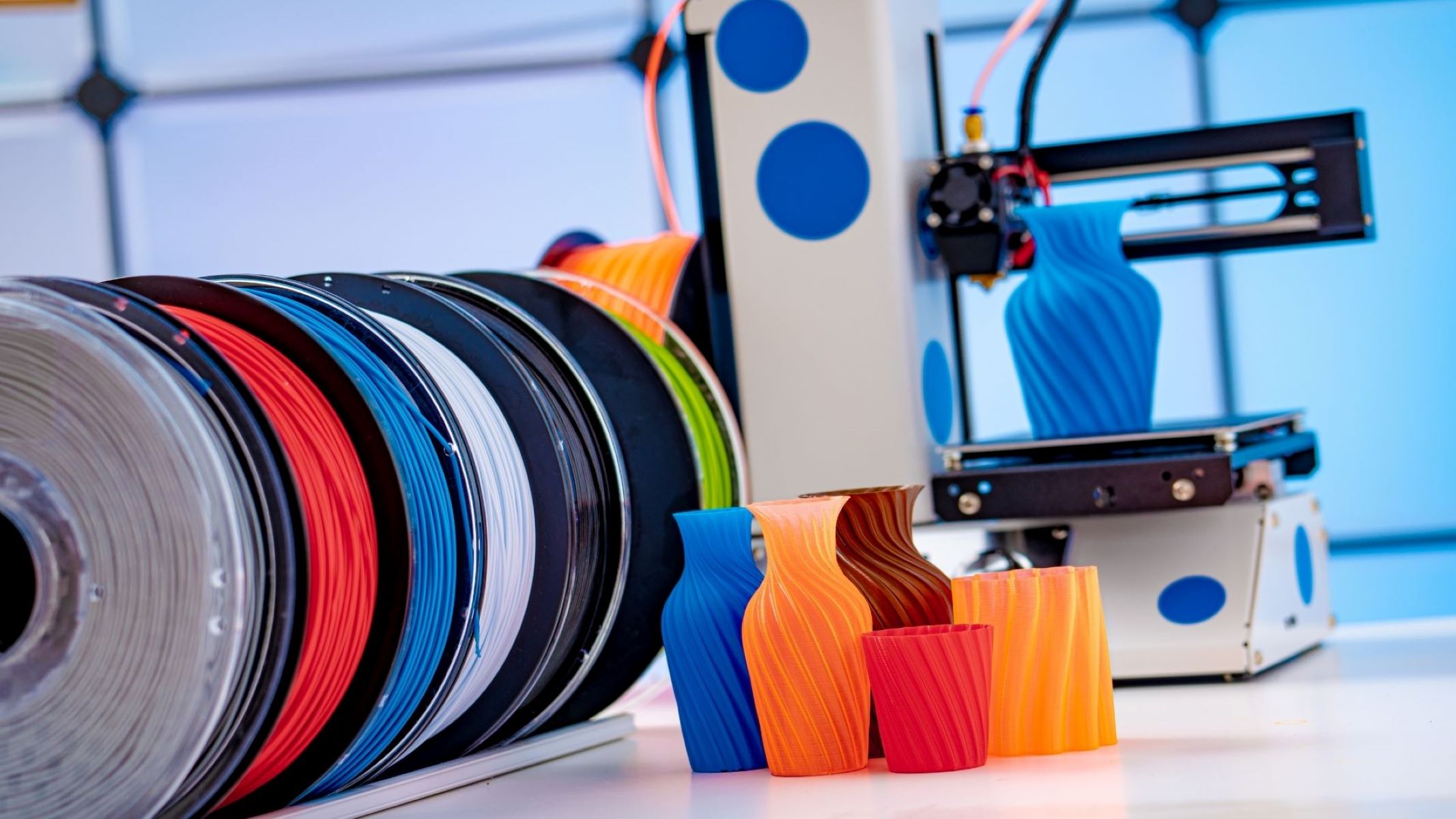

0 thoughts on “How To Make A DTF Printer”